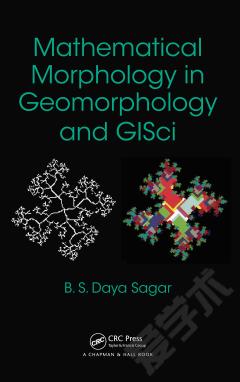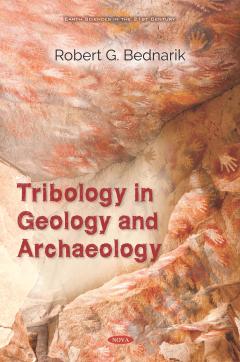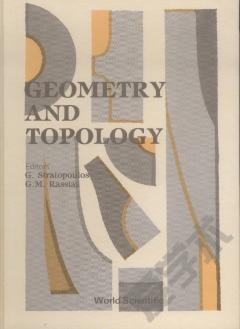Mathematical Morphology in Geomorphology and GISci
Mathematical Morphology in Geomorphology and GISci presents a multitude of mathematical morphological approaches for processing and analyzing digital images in quantitative geomorphology and geographic information science (GISci). Covering many interdisciplinary applications, the book explains how to use mathematical morphology not only to perform quantitative morphologic and scaling analyses of terrestrial phenomena and processes, but also to deal with challenges encountered in quantitative spatial reasoning studies. For understanding the spatiotemporal characteristics of terrestrial phenomena and processes, the author provides morphological approaches and algorithms to: Retrieve unique geomorphologic networks and certain terrestrial features Analyze various geomorphological phenomena and processes via a host of scaling laws and the scale-invariant but shape-dependent indices Simulate the fractal-skeletal-based channel network model and the behavioral phases of geomorphologic systems based on the interplay between numeric and graphic analyses Detect strategically significant sets and directional relationships via quantitative spatial reasoning Visualize spatiotemporal behavior and generate contiguous maps via spatial interpolation Incorporating peer-reviewed content, this book offers simple explanations that enable readerseven those with no background in mathematical morphologyto understand the material. It also includes easy-to-follow equations and many helpful illustrations that encourage readers to implement the ideas.
{{comment.content}}








 京公网安备 11010802027623号
京公网安备 11010802027623号